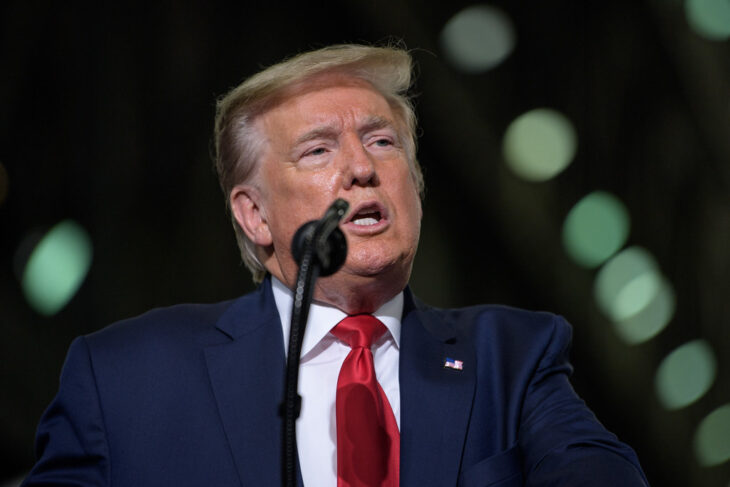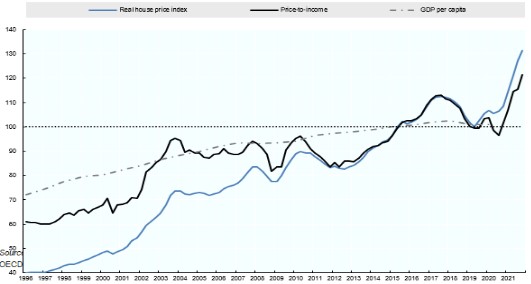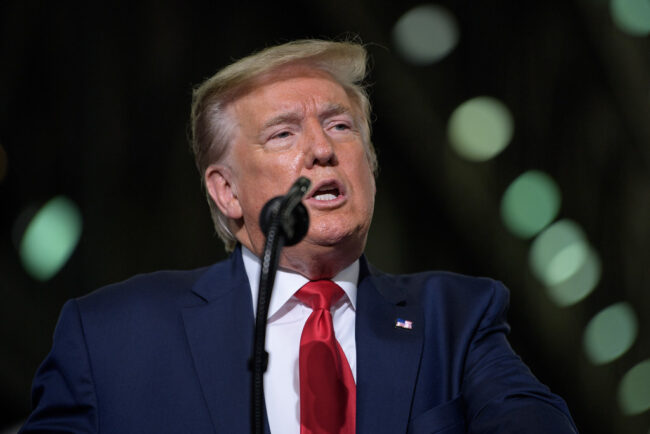by Robert Hamilton
The banning of illicit drugs by governments, has, in a number of instances, involved measures being taken against particular minority groups and racial subcultures, to limit or control their behaviour. The drugs have in fact become symbolic scapegoats for a law and order response to much more complicated social conflicts. It is often, an electorally popular move by governments, to focus on a possibly disturbing aspect of minority behaviour by a certain subcultural group, and to exaggerate this as a major problem, through the media and their own law enforcement policies. It seems that nothing garners votes, as much as picking on unacceptably different behaviour, and demonising this behaviour through the press.
A keen example of this occurred in the United States of America, in the nineteen thirties, when itinerate Mexican labourers, who smoked marijuana, were depicted as violent criminal elements who became out of control on this, so called, ‘killer weed’ (Himmelstein:1983:13). Himmelstein in his article, “From killer weed to drop-out drug: The changing ideology of Marihuana”, published in Contemporary Crises: Crime, Law, Social Policy, states that public discussion in the US in the nineteen thirties focused on the physically violent behaviours that marijuana was thought to engender (Gerber:2004:3). Cannabis, became more widely known as marijuana because this was its Spanish/Mexican name and through racial stereotyping of users it was associated in the public consciousness with poor, immigrant workers and their milieu. Remembering that the US was a prohibitionist state, moral crusaders were able to demonise poor people with darker skins, in their attempt to control the use of this recreational drug (Davenport-Hines:2004:14); (Hall; Pacula:1993:188). Racism and prejudice was also provided by upper class Mexicans, wishing to distance themselves from the poor, and by white North Americans of all persuasions.
Australia had a similar situation, during the Victorian gold rush of the eighteen eighties, where the proclivities of some Chinese immigrants toward smoking opium created a public backlash, based on barely disguised racism, with a report in the Australian Bulletin in 1886 labelling then dirty and smelly (Manderson 1995:801).[1] Australian’s did not want people from other countries taking their gold or jobs, and especially not people who looked, smelt and behaved so differently. Creating public condemnation for unacceptable behaviour allows for legislation like the White Australia policy to come into effect, masking the real reasons with a smokescreen of demonised villainy. Similarly laws against opium smoking were enacted in the US in the eighteen seventies, again specifically targeting the Chinese workers who had emigrated during their gold rush and railway boom (Hoffman:1990:57). Both these Australian and US drug policy changes were made despite the fact that the major user of opiates were white middle class females.
A more modern example, may be the legislative changes enacted by the Queensland government toward, so called, outlaw motorcycle gangs operating in their state. These prohibitive and restrictive new laws, are said, to be targeted at the bikies because of their dealings in the supply of illicit drugs and other illegal activities. Actual evidence of these activities are not usually forthcoming in the published media, rather spokespersons are quoted as saying, this is the case, but little proof is revealed. Perhaps the real reason behind this law enforcement action is the government’s desire to eradicate groups of powerful warrior type men from society. The fact that bikies sport tattoos is always front and centre with the media.
To conclude, there is substantial evidence to suggest that drug policies in countries like the US and Australia have, historically, been used to target racial subcultures. Mexicans in the US, and Chinese in both Australian and the US, have been vilified by these drug law enforcement policies, despite the fact that these two countries own majority white constituents have used other forms of these illegal drugs in far greater numbers. Perhaps a more modern example are the outlaw motor cycle gangs and the new laws targeting their activities, which supposedly are to limit their activity in the illicit drug trade. Illicit drugs, and their use, continue to be used to symbolise undesirable behaviour and to paint those users as undesirables.
©Robert Hamilton
For More Drugs Dreams and Consciousness by Robert and Sudha Hamilton

BIBLIOGRAPHY
Agar, Michael H. “Into the whole ritual thing: Ritualistic drug use among urban American heroin addicts” in Drugs, Rituals and Altered States of Consciousness , Du Toit, Brian M. , 1977.
Burr, Angela. “Chasing the dragon” British Journal of Criminology , 27:4 , 1987.
Carpenter, Lucas. “Enhancing the possibilities of desire: Addiction as postmodern trope” Southern Humanities Review , 35:3 , 2001.
Davenport-Hines, Richard Peter Treadwell. “Prologue” in Pursuit of Oblivion: A Global History of Narcotics , Davenport-Hines, Richard Peter Treadwell , 2004.
Gerber, Rudolph J. “History of demonizing drugs” in Legalizing Marijuana: Drug Policy Reform and Prohibition Politics , Gerber, Rudolph J. , 2004.
Grund, Jean-Paul G.; Kaplan, Charles D.; De Vries, Marten. “Rituals of regulation: Controlled and uncontrolled drug use in natural settings” in Psychoactive Drugs and Harm Reduction: From Faith to Science , Heather, Nick; Wodak, Alex; Nadelmann, Ethan A.; O’Hare, Pat , 1993.
Hall, Wayne; Pacula, Rosalie Liccardo. “Policy alternatives (part 1 of 2)” in Cannabis Use and Dependence: Public Health and Public Policy , Hall, Wayne; Pacula, Rosalie Liccardo , 2003.
Harding, Wayne M.; Zinberg, Norman E. “The effectiveness of the subculture in developing rituals and social sanctions for controlled drug use” in Drugs, Rituals and Altered States of Consciousness , Du Toit, Brian M. , 1977.
Himmelstein, Jerome L. “From killer weed to drop-out drug: The changing ideology of Marihuana”Contemporary Crises: Crime, Law, Social Policy , 7:1 , 1983.
Hoffmann, John P. “The historical shift in the perception of opiates: from medicine to social menace” Journal of Psychoactive Drugs , 22:1 , 1990.
Krivanek, Jara. “Drug misuse, psychological dependence and addiction” in Understanding Drug Use: The Key Issues , Krivanek, Jara , 2000.
Manderson, Desmond. “Metamorphoses: Clashing symbols in the social construction of drugs” Journal of Drug Issues , 25:4 , 1995.
Montagne, Michael. “The metaphorical nature of drugs and drug taking” Social Science and Medicine , 26:4 , 1988.
Moore, David. “Beyond Zinberg’s ‘social setting’: A processural view of illicit drug use” Drug and Alcohol Review , 12:4 , 1993.
Robson, Philip. “The consequences of drug use” in Forbidden Drugs: Understanding Drugs and Why People Take Them , Robson, Philip , 1994.
Weimer, Daniel. “Drugs-as-a-Disease: heroin, metaphors, and identity in Nixon’s drug war” Janus Head , 6:2 , 2003.
[1] Himmelstein, Jerome L. “From killer weed to drop-out drug: The changing ideology of Marihuana”Contemporary Crises: Crime, Law, Social Policy , 7:1 , 1983. P – 13.
“We saw………rooms darker and more greasy than anything on the ground floor: rooms where the legions of aggressive stinks peculiar to the Chinaman seems ever to linger…. Yet the rooms are not naturally repulsive, nor would they be so when occupied by other tenants: but the Chinaman has defiled their walls with his filthy touch…”











